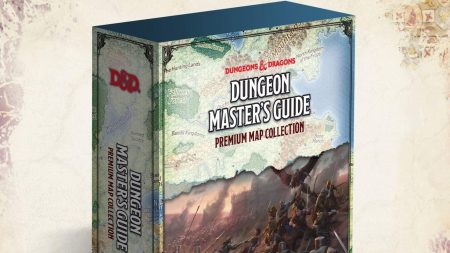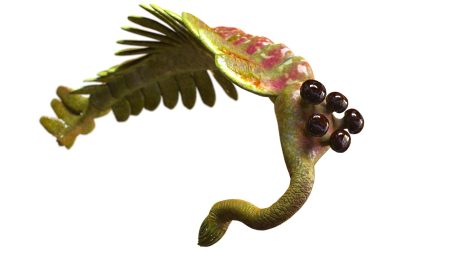An ancient crab fossil dubbed by researchers as the “Forbidden Dorito,” has helped to unlock some mysteries of crab evolution.
Dr. Javier Luque, a senior research associate at the University of Cambridge Museum of Zoology in the United Kingdom says that the strange, spiny, triangular crab fossil from Spain’s Eocene epoch (~37–34 million years ago), belongs to a group that had previously baffled experts due to its unclear position in the crab family tree.
“This is a new piece of a larger puzzle that, together with recent fossil discoveries—from perplexing beautiful chimaeras to dinosaur-era crabs trapped in amber—are providing new views on the origins of many groups, and the evolutionary patters and processes in deep time that have shaped them over 200 million years,” he says.
In a recent paper, The oldest dairoidid crab (Decapoda, Brachyura, Parthenopoidea) from the Eocene of Spain, Luque, Fernando A. Ferratges from the Universidad de Zaragoza in Spain and other collaborators described the oldest recorded fossil crabs of the subfamily Dairoidinae, pushing back the origins of the subfamily millions of years earlier than previously thought.
“The book of Earth’s history is ‘written in stone’, with rock layers and fossils being its pages and words, so it is on us to discover the missing pages and learn how to read their words and the fantastic stories they tell,” Luque says, adding that he seeks to understand how novel forms and functions originate and change through time, with special focus on tropical faunas.
From Big City To Little Fosssils
Luque grew up in Colombia’s massive capital city of Bogota, but his parents loved nature and the outdoors, so they often took him out into the countryside.
“Whenever we went hiking or camping to the mountains with my parents, I was on the look for cool rocks, minerals, or bones on the ground,” he says, “When I got my first fossil, an ammonite, I was mesmerized and that treasure from nature crystalized my dream of becoming a palaeontologist.”
Luque would go on to study an undergraduate degree in Geology from the Universidad Nacional in Colombia, a Masters degree from the Université de Montréal in Canada and a Ph.D. in Evolution from the University of Alberta, also in Canada.
“This has been a bumpy journey for a non-native-anglophone latino with ADHD, so I am incredibly grateful to see how far I have walked the path towards fulfilling my childhood dream of becoming a paleontologist,” he says adding that as one of the few experts on fossil crustaceans from Latin America—and the world—he’s been able to fill knowledge gaps in the evolution of several groups, through the study of new fossil-rich localities from tropical latitudes and integrating biological, geological, and paleontological information.
Fossil Mammals
Another Colombian unlocking the past using fossils is Catalina Suarez, a geologist and paleontologist studying ancient mammals, searching for clues to understand how climate change affects diversification and extinction rates in mammals.
Her main work has been in La Venta, one of the richest fossil regions in northern South America is found in the south of Colombia and it is particularly rich in fossils of Metatherians, an ancient group of mammals which have been recorded around the world since the Cretaceous period which ended with the extinction of the dinosaurs.
In particular, La Venta provides a snapshot of the Neogene period which stretches from 23 million years ago to 2.58 million years ago.
“This has been the most comprehensive study carried out so far on this this fossil association and among the metatherian fossil record of Colombian and northern South America,” she says.
Read the full article here






